How WePresent, This Too Shall Grow and Readymag create and design content to build brand awareness
Learn why commercial and individual brands turn to content marketing, how they create unique content and evaluate its impact. And also delight your eye with cool examples.
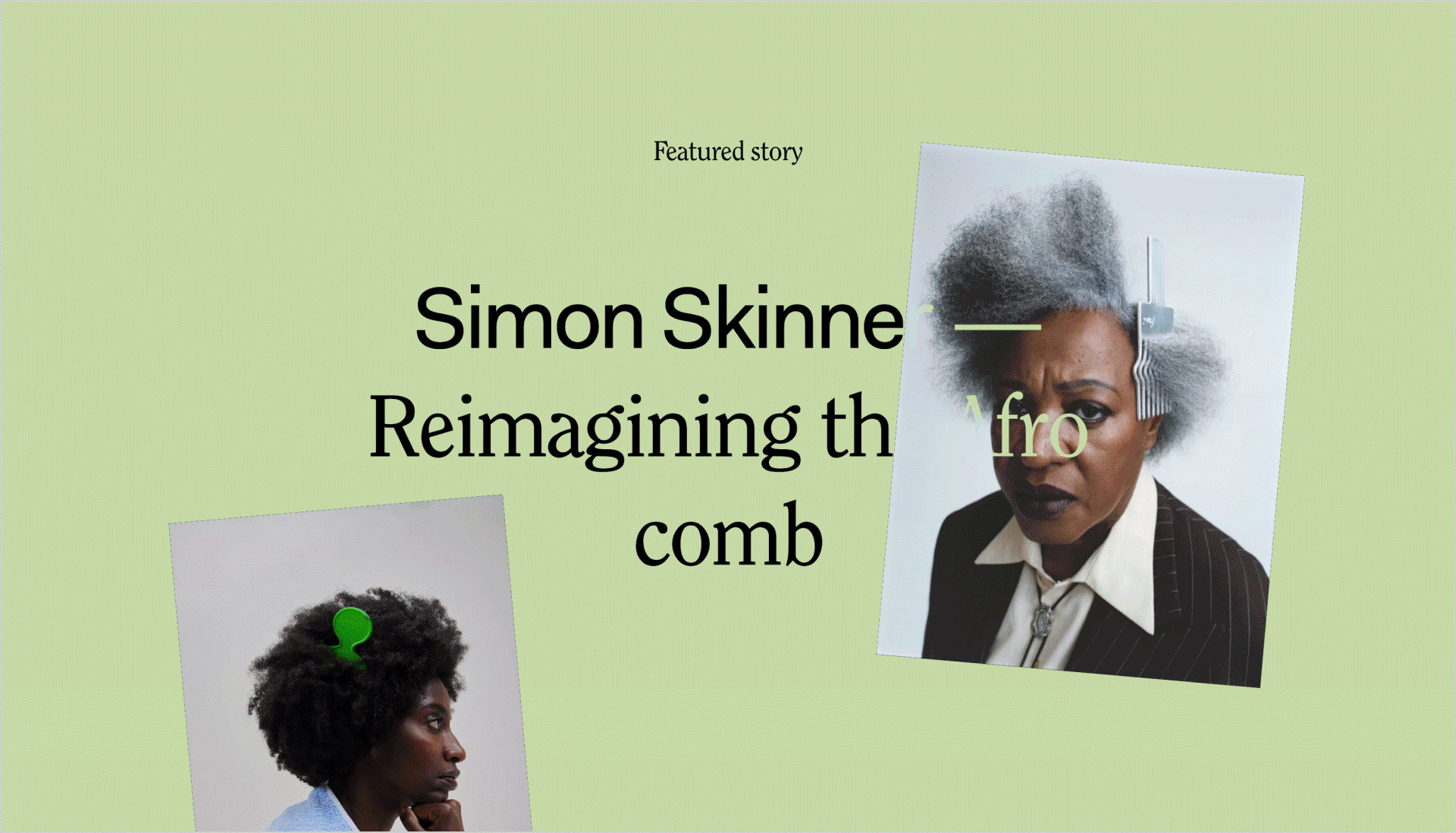
Content marketing is probably the most powerful, inspiring and elegant means of winning loyal customers and boosting recognition of your products. In this article, creative pros, who practice content marketing in companies or in an individual business, talk about their reasons for turning to content creation, the workflow behind it, the power of the visuals, and ways to understand their content works. Meet the speakers:
Holly Fraser, Editor-in-chief at WePresent—an editorial platform created by WeTransfer to highlight art through many types of content: from documentaries and exhibitions to photo collections and longreads.
“We work to highlight artists and creators from all over the world, mirroring the fact that WeTransfer is a brand with a global user base. The ultimate goal for us is to create the best, most interesting, exciting, representative, and impactful work that we can do whilst respecting an artist’s vision and allowing them to get their message out through WeTransfer.”—Holly Fraser
Clo S, solopreneur and the creator of This Too Shall Grow—a website focused on people-tech relationships, which offers a range of helpful tools and practices like coaching, workbooks and workshops. On the website, Clo also runs a blog on digital wellness-related topics.
“On This Too Shall Grow’s website, the blog has a few different goals. First of all, it helps me consolidate my thoughts on various topics, as writing helps structure our thinking. It also gives me the opportunity to share my knowledge and opinions with a growing audience. Finally, it generates fresh content for my newsletter and allows more people to discover my work.”—Clo S
Alya Datiy, Head of Marketing at Readymag—a browser-based design tool that helps create websites and all kinds of online publications without coding. Readymag also shares savory stories and runs its own blog, where you are reading this article now.
“We follow the classic brand storytelling theory pinned by Joseph Campbell, where the customer is the main character in the brand story, while the brand is a mentor that only appears at crucial moments to help the hero on their journey. Like Gandalf to Frodo, the Fairy Godmother to Cinderella or Obi-Wan Kenobi to Luke Skywalker. Our content exists to support designers in reaching their creative, educational and professional goals, help them excel at design faster, stay motivated and inspired. Because the content we create is based on real needs, it helps Readymag, in turn, reach the audience whose attention we’re seeking and grow together.”—Alya Datiy
What was your journey to content marketing and what is the main point of your content?
Holly Fraser: WePresent was launched five years ago, but WeTransfer has been active in the creative community since its foundation in 2009 and has always curated artists’ work for our wallpapers. These in turn drive our audience to artist’s platforms so that they gain more visibility. As a company, we also give away 30% of our advertising inventory to artists and creative causes.
WePresent’s target audience is those that work in or are adjacent to the creative community, but of course, we understand that anyone can be creative and seek out culture. On average, WePresent has an audience of three million users a month, but the content we curate for WeTransfer.com is seen by 80 million.
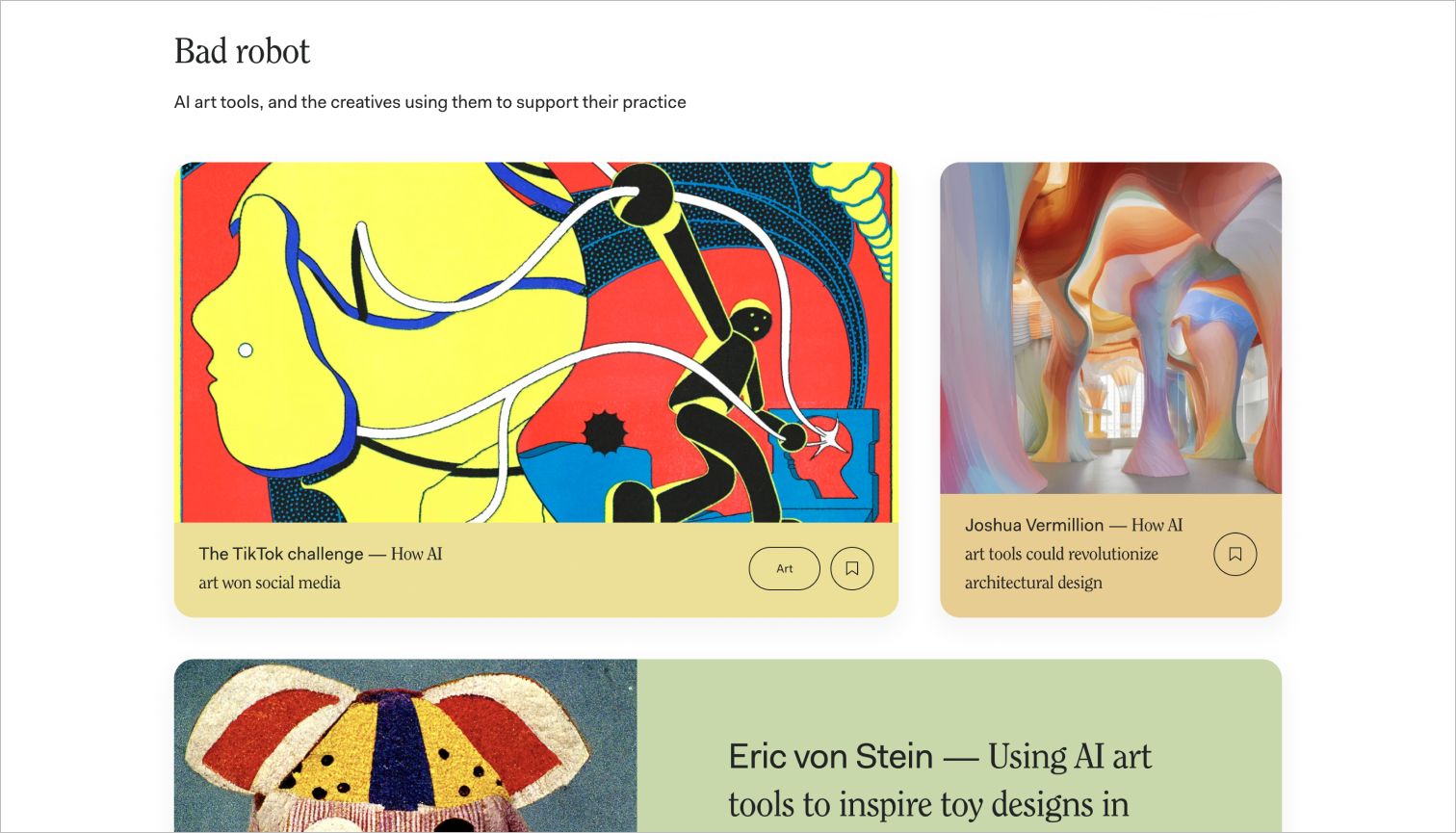
Clo S: I started writing on This Too Shall Grow in May 2020, but I’ve had an unusual journey and haven’t always been able to stick to my publishing schedule. I prioritized being regular with my newsletter, which goes out every two weeks, over my articles.
My articles, newsletter and workbook help me share knowledge and show that I can make scientific findings digestible for the general public. I offer products and services with varying levels of depth so that everyone can find something that suits them, matching their level of commitment.
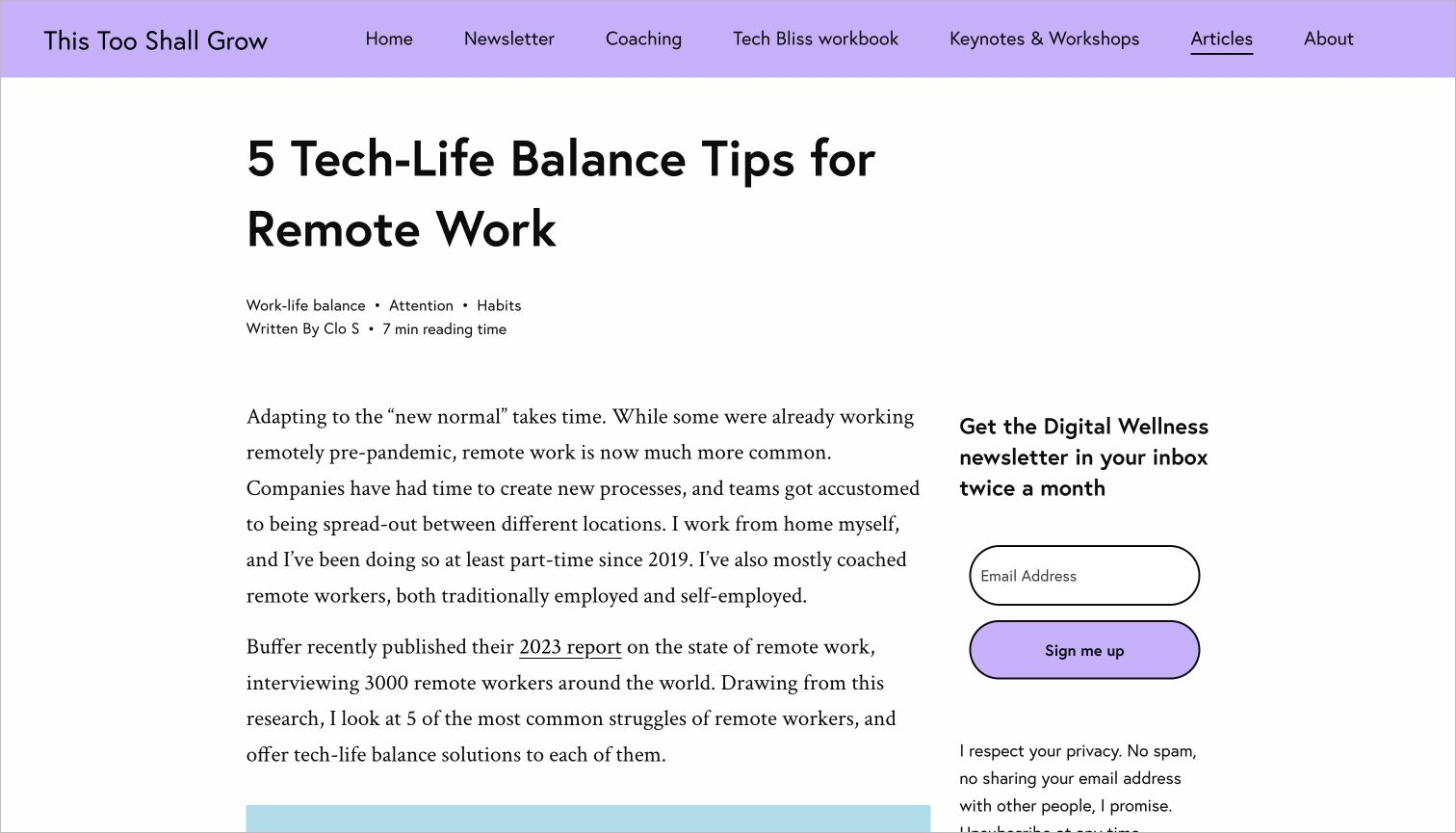
Alya Datiy: Before pivoting to websites, Readymag was conceptualized as a design tool for digital zines—so editorials were at the heart of the product from the very beginning. We have been creating longreads both to showcase our product’s capabilities and crash-test them. The founders themselves were heavily involved in their creation at first, with Diana Kasay producing features and Anton Herasymenko designing them into reality. As our team and audience grew, we began crash-testing not only the tool but our approach to content marketing, creating new formats, finding new channels and continuously updating and polishing our key themes and messages.
What is your content creation workflow?
Holly Fraser: We are a full-time team of nine based in Amsterdam, London, New York and Berlin but we have contributors and work with freelancers from all over the world. Everyone on our full-time team has a background in either journalism or the arts in some way, so we understand storytelling and how to work with artists in ways that complement their process and never feel too heavy-handed. The WePresent team commissions all of our own stories and projects. We also work with our in-house creative studio to produce a lot of our assets for key projects, but when it’s a bigger production—say an exhibition build or a film—we work with external production partners who share our values.
Clo S: I have a database where resources are tagged based on topic. When I write an article, I can refer to this database and find the most relevant pages. Once I’ve picked my topic, I start with an outline of the article and then flesh it out. Once the post is ready, I paste it into my website, add—often homemade—illustrations, publish and then spend time sharing it online. Each new article also goes into my newsletter.
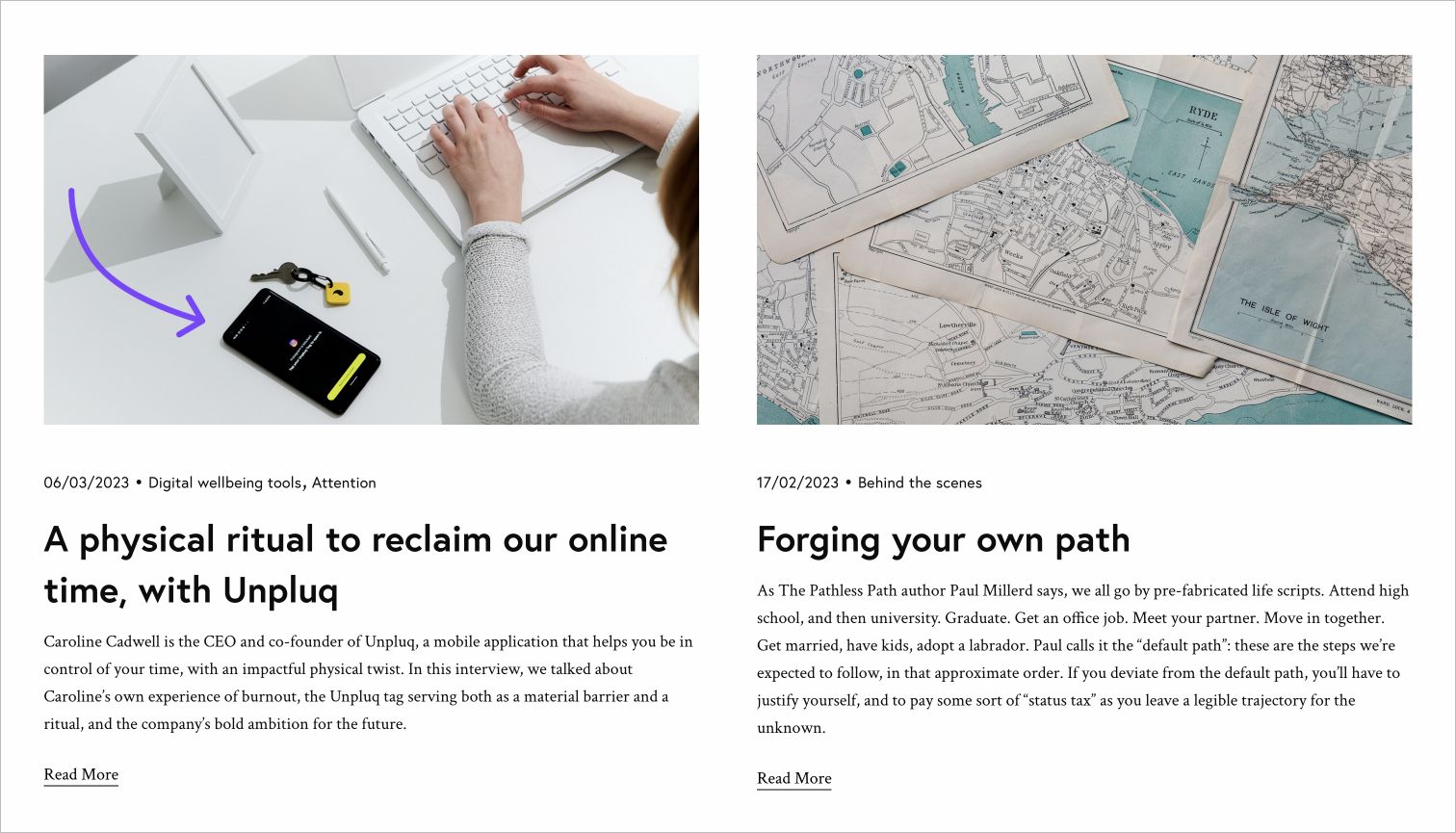
What’s the role of design in your content?
Holly Fraser: At WeTransfer we’re lucky to have a fantastic in-house creative studio that we work with on most of our major projects, including the overall look and feel of WePresent. Design really is integral to everything that we do, and we try to approach it in an innovative and intelligent way that respects the artist's work that we commission. Our visual language is playful and inclusive and we hope to be more creative than your average platform, creating a space that entices you and makes you want to spend time exploring.
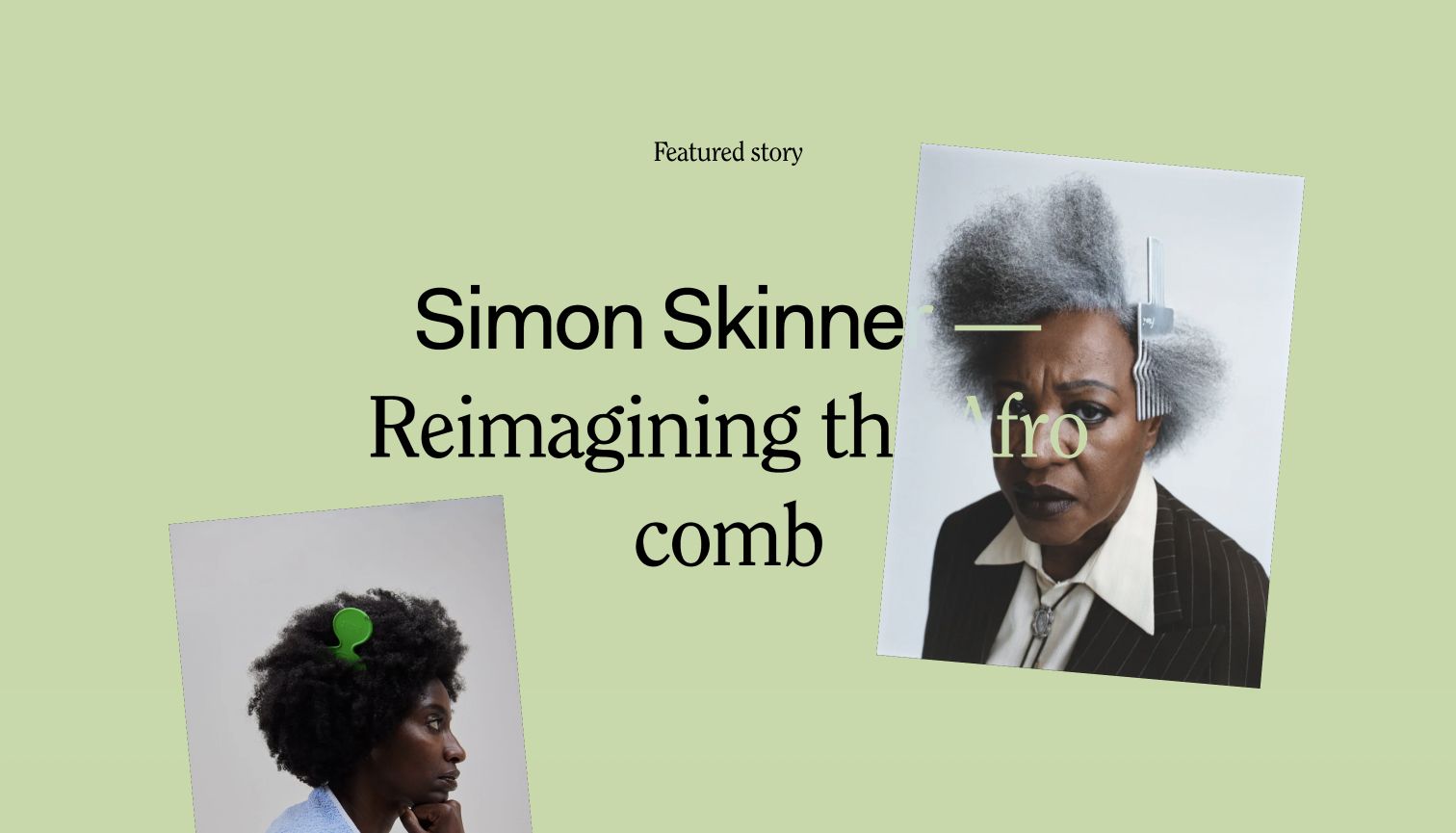
Alya Datiy: In today’s attention economy reading is a serious investment, and you need an exceptional pitch to raise your first round. That pitch is good design. In the particular case of Readymag, where the main character of our brand story is the designer, the importance of good design can not be overstated. We have to prove with every pixel that we’re worthy of attention and our product can be trusted with the work of extremely talented designers.
Check out eye-catching pages with galleries, animations and even mini-games for your inspiration. They were designed from scratch with Readymag and without coding.
Damson Idris Complex Cover Story
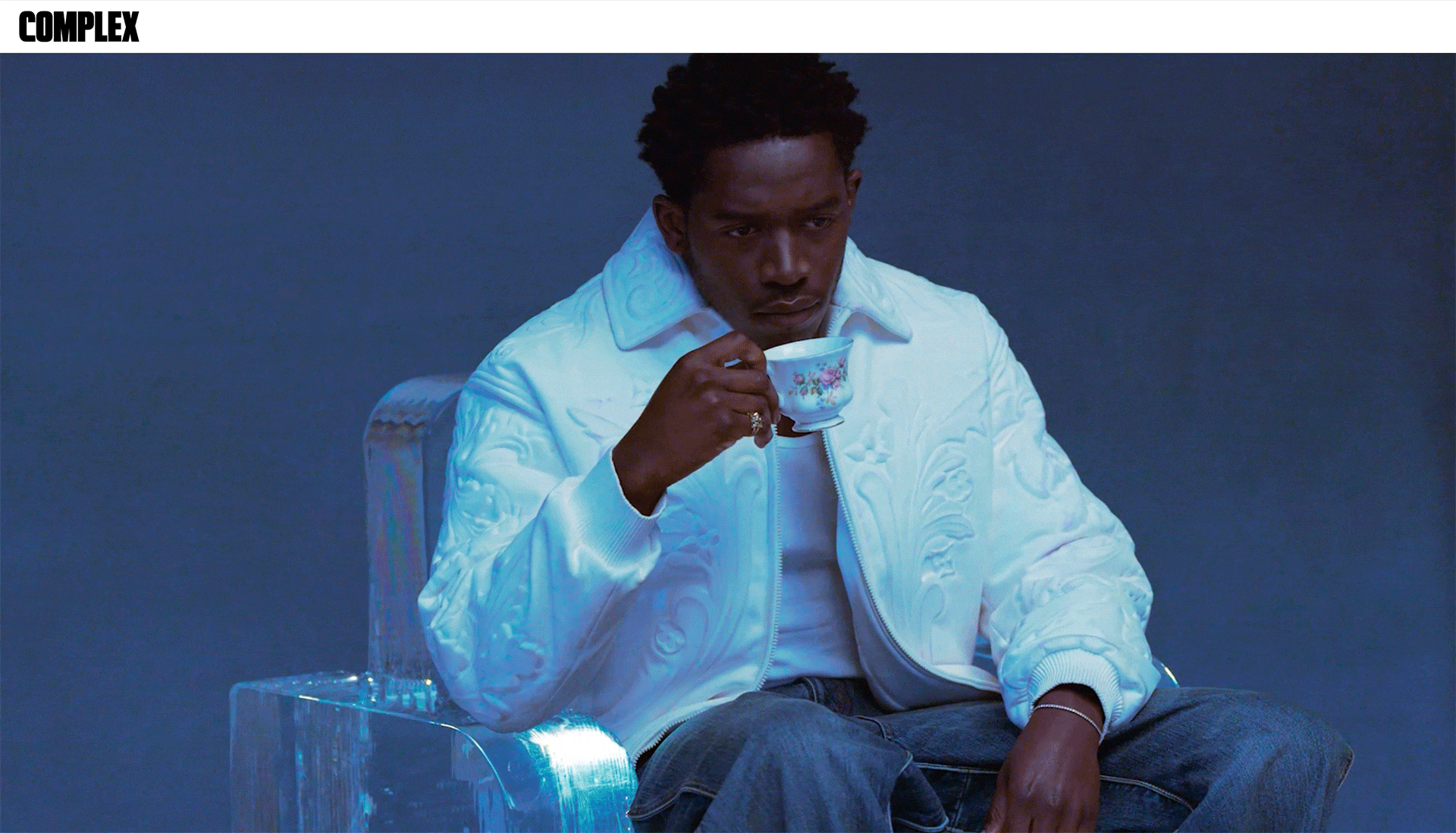
ARMEDANGELS–Action Report 2022
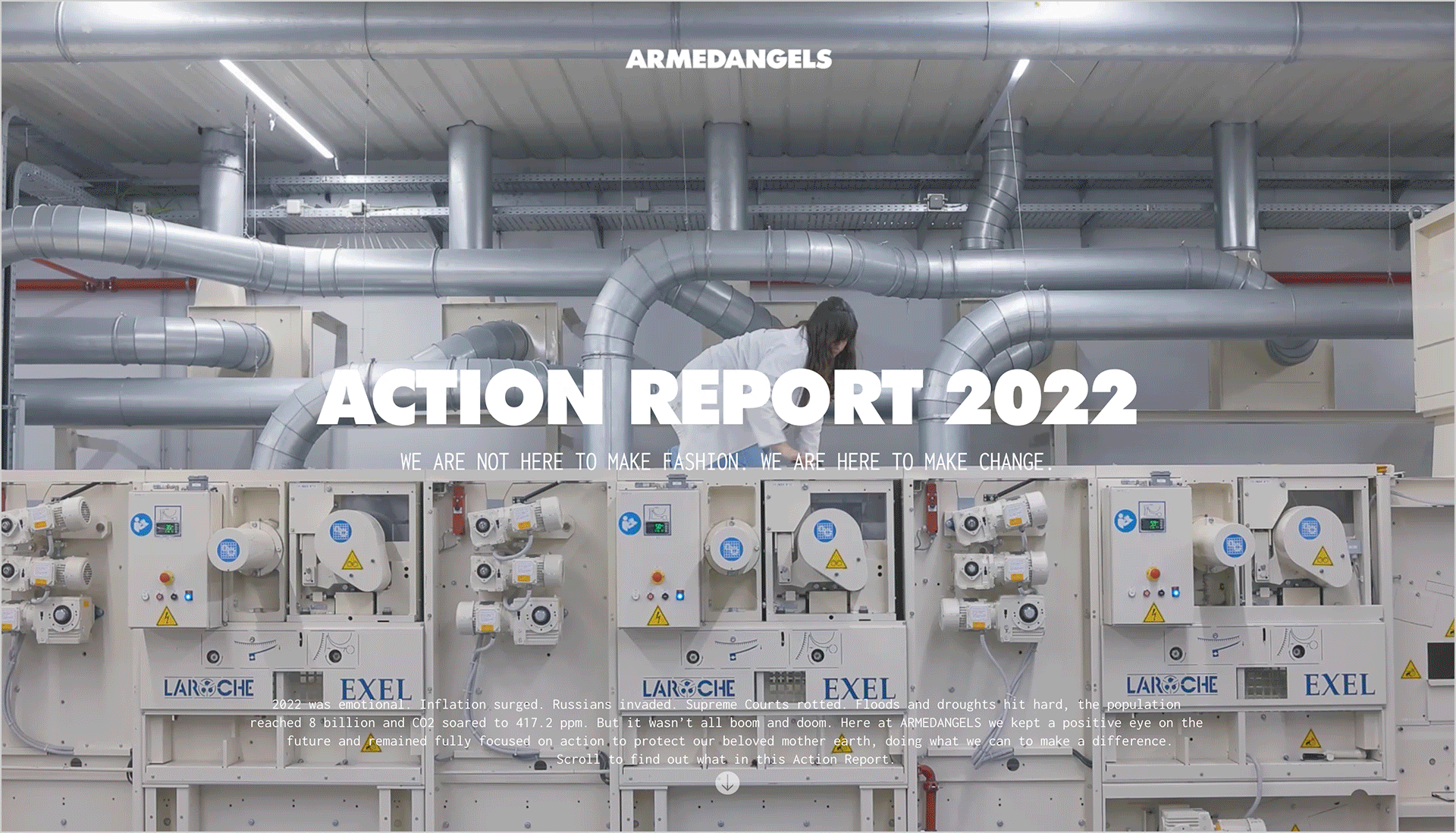
Oracle Cards of Design Manifestos
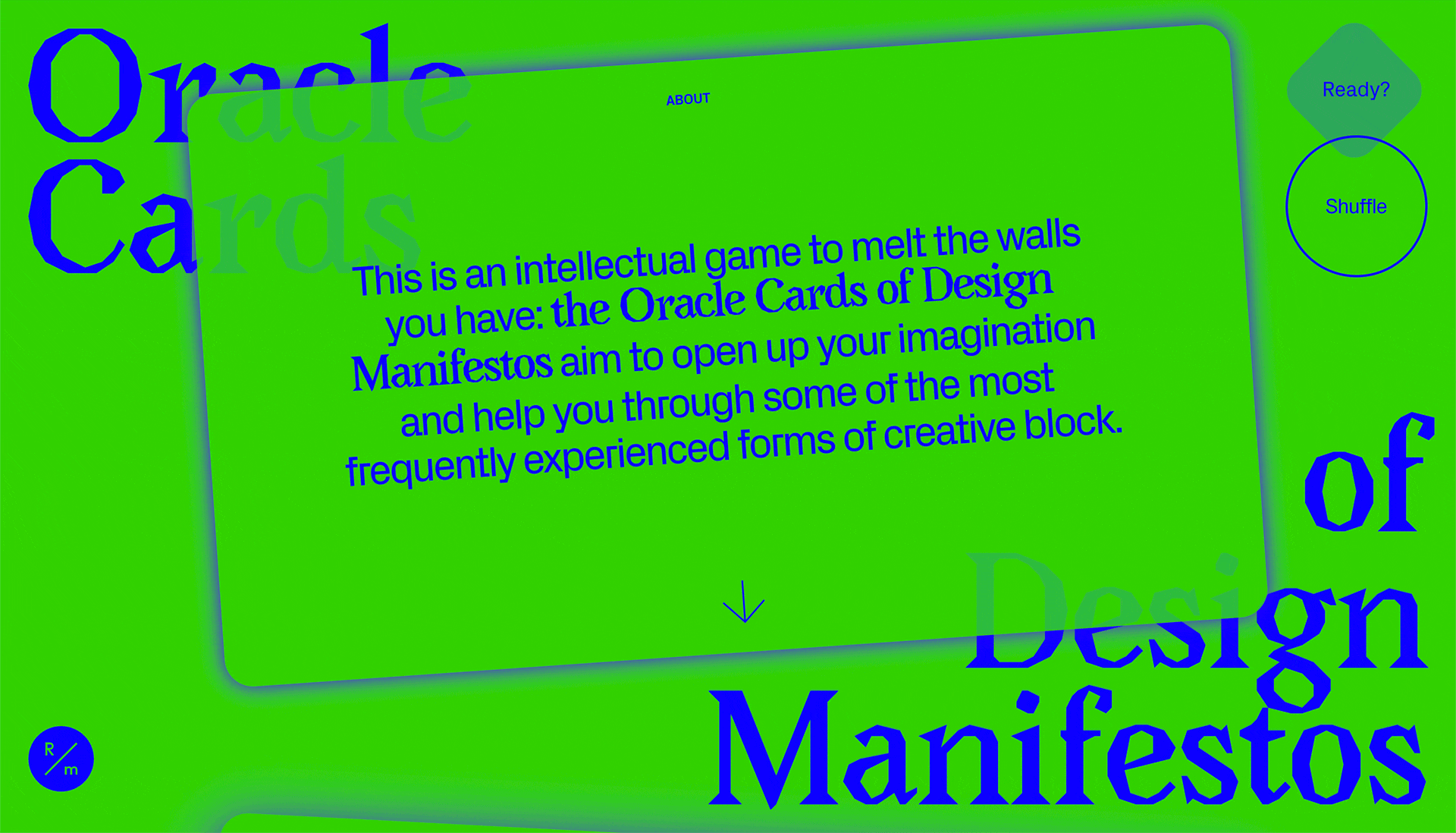
How do you measure the success of your content campaigns?
Holly Fraser: There are different metrics of success for everyone, but I believe that we’re moving away from the overinflated vanity numbers around readership and page views that have been touted for years. I think it’s more important to look at engagement and loyalty. It’s better to have 100,000 loyal readers who hang on to your every word and interact with everything you do than a million people who follow your brand but never interact with it.
Of course, we track engagement, readers and followers, but also look at the cultural impact of our work. This is harder to measure as there’s no single universal metric of success, but I believe that it’s incredibly important in building brand affinity and goodwill. For example, some projects that we have worked on have had huge cultural significance. We commissioned The Long Goodbye, a short film by Riz Ahmed and Aneil Karia in 2019. It was brought up in the UK parliament a week after its release as an example of art that highlighted xenophobia in Britain. The film eventually went on to win an Oscar. It had huge cultural resonance and started important conversations, and was a great example of both how we highlight our values as a brand and how we work with artists to amplify important messages.
Alya Datiy: Setting clear goals before you begin work is the key. Every project is different: some content is meant to be seen, not read, certain campaigns are created to drive engagement, and others attract purchases. Deciding these things is the foundation of our work and actually a sign of success in itself: it’s way easier to make content and design decisions when everyone knows the end game.
How can one create content that will be on point for their audience and products?
Holly Fraser: Content has to be authentic to your brand, it can’t feel incongruous or forced. Then you need to think about how your media amplifies your brand message and your values, how it serves as a logical extension of what you do and whether or not it actually adds to what you’re offering. If it doesn’t add anything extra, then there’s no point. But most importantly, look at your audience. Is there an appetite for what you’re producing? Would your audience enjoy it, consume it and keep coming back for more?
The last point I would add: make high-quality content. We live in a world where content is ubiquitous and platforms are oversaturated. People have shorter attention spans than ever before and are sick of boring, clickbait-style stories that don’t add anything to their lives. So how are you going to stand out in a crowded marketplace, what can you do differently?
Clo S: First, it’s important to stick with the channels and means of expression that you enjoy. I love writing but not making videos, so I haven’t even looked into making reels. Instead, I prefer to focus on growing my newsletter. I don’t enjoy using Instagram for work, but I have a good following on Twitter and LinkedIn, so I’ve deepened my reach there. Second, if you’re a solopreneur like me, don’t spread yourself too thin. Unless you’re an influencer, posting on social media isn’t really bringing money in directly. Keep in mind that done is better than perfect when you post online, and remember that you don’t have to be on six different channels.
Alya Datiy: Find out what your content team is really interested in, what your audience really wants to read, watch or hear, and meet in the middle. Do not sleep on analytic tools and build a data-centered culture of decision-making. Even if you think you’ve come up with the perfect formula, always invite your colleagues to try and poke holes in it. Never stop experimenting. There are few things that evolve faster than digital marketing and you will always be a little bit behind, so find ways to enjoy the process.